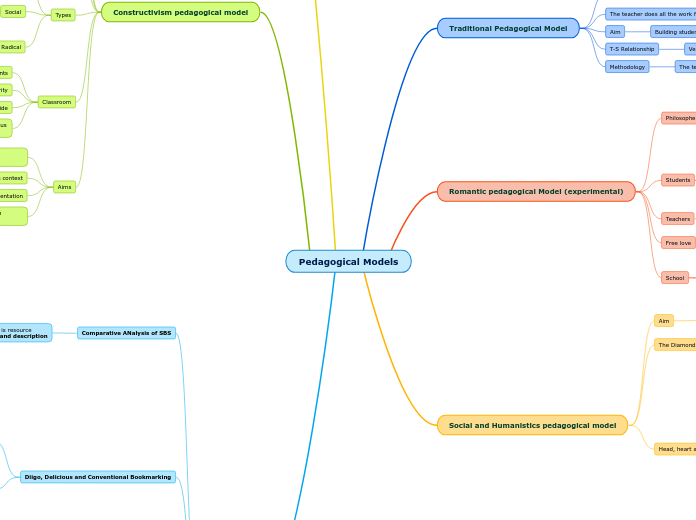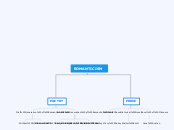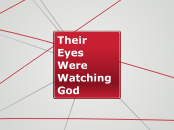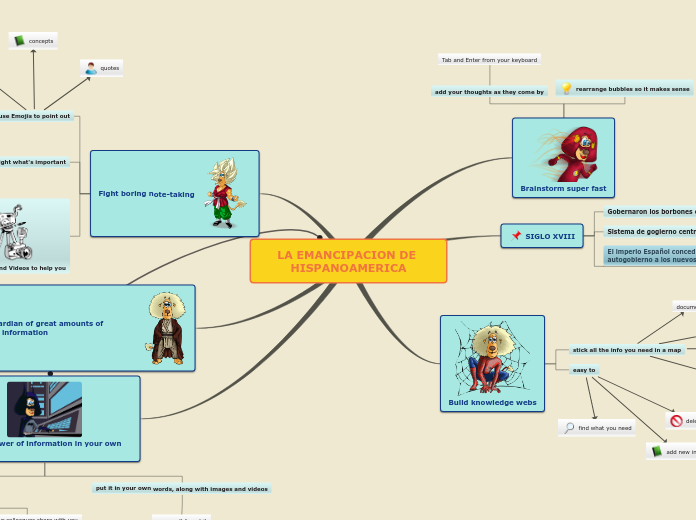Pedagogical Models
Last part
Conclusion
This tool is a step forward compared to other SBS because it has improved functionalities
Diigo is a metacognitive toll.
It displays different ways to learn, think,
and build knowledge
Personal interactions make and strengthen
the collaborative learning process.
Collaborative tagging generates new collaboragtive learning contexts
Virtual communities become closely linked groups
Virtual environment that foster learning is becoming extremely valuable.
SWOT
Threats
Incipent developments to combine its use with conventional browsers
The constant improve of SBS
A lack of homogeneity and agreement of tags
Opportunities
Shared bookmarking strategies enhance
knowledge learning
It shows expert bookmrks systems,
whose intineraries can be considered as a reference
It is extremely usefol for on line research
Weaknesses
It doesn't allow and instant feedback
between users that add comment
It "compels" to share
It make some browser slower
Strenghs
Cloud tags show the topics the user is interested in
Resources on the web can be found from anywhere
Intuitive interface
Diigo tool after applying SWOT
Diigo, Delicious and Conventional Bookmarking
Diigo
It is competing with Delicious in India,USA,China and Germany in relation of its intensity of use, and the ranking of the service
It has a set of functions that enhance
its versality and capacity as an SBS
Its highlighting and annonation functionalities
Diigo's innovation is the most used and widespread bookmarking too.
Comparative ANalysis of SBS
The goal of SBS is resource
bookmarking and description
Websites
Digg
Reddit
Propeller
They are focused on the social
boormarking of items associated with news.
2003
The coming of Delicious and the rest of SBS
Services
Backflip
Blink
BookmarkBox
Bookmarks Plus
etc
Stopped working after the dot-com boom
Bookmarks
Favorites in Internet Explorer
Store of link
Hotlist
Link storage
Storage
Something inside the "Mosaic" browser
Storing a link and describing it using metadata.
Constructivism pedagogical model
Aims
To encourage awareness of the knowledge construction process
To encourage the use of multiple modes of representation
To embed learning in realistics context
To provide experience with the knowledge construction process
Classroom
Learning group will consist of small numbers of heterogeneous students
Teacher is a facilitator or guide
Teacher and student will share authority
Knowledge will be shared between teacher and students
Types
Radical
States that the knowledge individuals create tell us nothing about reality
Social
Knowledge is a individuals' interaction with their culture and society
Learning is a collaborative process
Cognitive
Learning is relative to the stage of cognitive development
Information may be passively received, but understanding cannot be
They link knowledge with experiences
Learning is an active process
They are responsibles of their knowledge/ education
Teacher
Scaffolding (key of effective teaching)
Adult continually adjusts the level of him/her help in response to the learner's level of performance
Creates a collaborative problems-solving environment
Facilitate or guide the student
Approach
The reality is determined by the experiences of the learner
To learning that holds that people actively construct or make their own knowledge
Behavioral Pedagogical Model
Setting and controlling instructional objectives
T-S relationship
Teacher is the intermediary
Shaping technical productive behavior
Correct behaviors are selectively reinforced
Instruction sequences programmed in small steps with immediate reinforcement and behavior modification achieve the desired goal
Know their capacities and abilities for themselves
It requires issuing the answer or the solution to the problem situation
He/ she is not a passive spector
Learning by doing
Work though exercises until they repeatedly apply desirable search behaviours such as use of quotation marks.
Use hand-on active learning exercises
However, they receive effort for behaviors that move them to successfully accomplish the task.
Study and learn at their own pace
Its exponent was the psychologist and philosopher, Skinner
Social and Humanistics pedagogical model
Head, heart and hands
The zone of proximal development
A child for instance follows a mentor's example
The model stresses that learning is most successful in a social context
What a learner can do without help
What learner cannot do with help
"Vygotsky's Theory of Cognitive"
The learning zone model
Panic zone
Area of experience where little or no learning can take place
Learning zone
We make new discoveries about ourselves, other people and the world
Comfort zone
A safe zone, here we are familiar without risks
Hands
Practical and physical skills
Heart
Emotional and spiritual learning
Head
Cognitive knowledge
The Diamond model
The individual is empowered to take on ownership for their own life through positive experiences
To value and respect and individual on their own personality and uniqueness
Romantic pedagogical Model (experimental)
School
Students are not very well prepared relative to other students
It is the obligation of the school to offer a suitable space to explore interests and enough time to perform this task.
Free love
Students could maintain relationships with anyone they wanted, including teachers
Teachers
Help the students to develop their abilities and internal qualities.
Any kind of the guidance of the teacher was an imposition
It reduce the freedom of the children
Students
Thanks to emotional education they are more prepared for face challenges
They choose what they want to learn according their natural interests, values and prior knowledge
It can be a problem because there is not a curriculum
Philosopher and pedagogue Alexander Neil was its exponent.
He considered, students can to learn trough freedom
All people are good by nature
They just need to be guided to know their strengths and abilities
Neil said: emotional education is more important than intellectual education
Traditional Pedagogical Model
Methodology
The teacher does it and the students imitate it, repetition
T-S Relationship
Vertical
Teacher is the authority
Aim
Building student character through discipline
The teacher does all the work for the student to understand
There is no innovation, much less creativity
The student has a passive and memoristic role.
If they want to learn, they have to repeat and repeat the information









